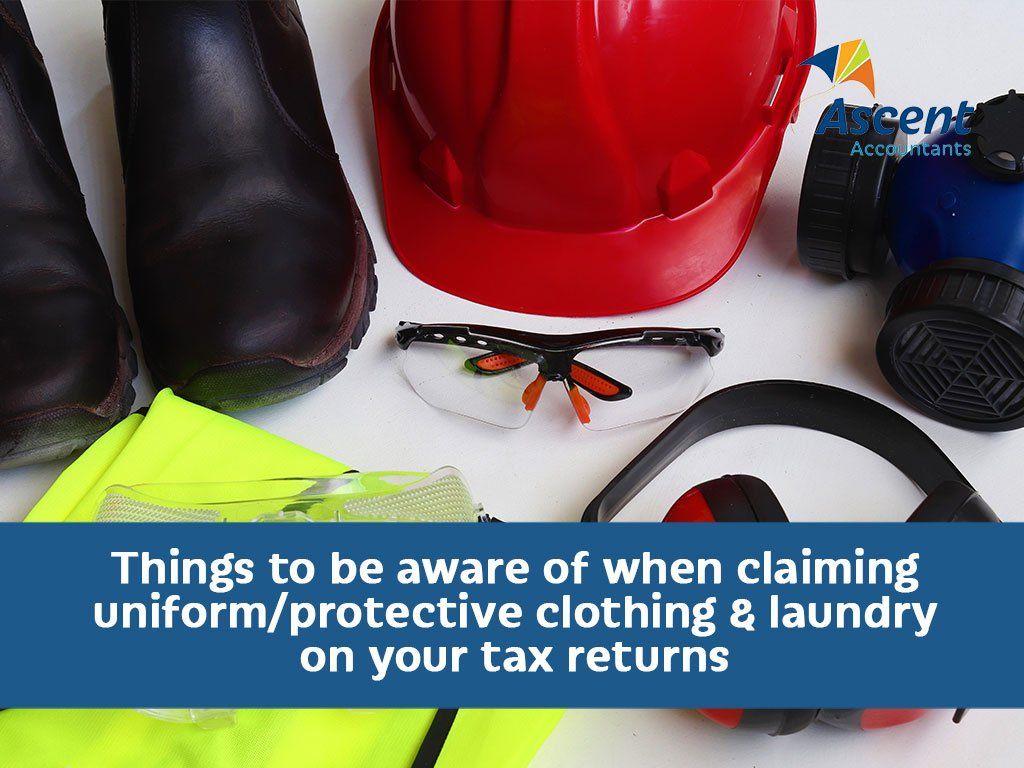Things to be aware of when claiming uniform/protective clothing & laundry on your tax returns

It’s that time of year again when individuals and business owners start to complete their tax returns for the previous tax year. This is also the time the Australian Tax Office (ATO) begins to issue warnings about infringements they will be paying particular attention to.
This year, the microscope is falling on clothing and laundry claims. As in previous years, these investigations are based on an ever-increasing number of bloated claims. With six million taxpayers claiming more than $1.8 billion for clothing and laundry expenses during the 2016/17 tax year, it’s no wonder the ATO is starting to crack down on the practice. While ATO is not suggesting that all six million claims were submitted fraudulently, there is clearly an issue with people understanding what can and can’t be claimed for.
So, what can be claimed?
Some taxpayers think they can claim $150 per year for laundry expenses without having to provide proof or receipts. However, ATO assistant commissioner Kath Anderson explained the $150 limit is only there to reduce the recordkeeping burden — it’s not an automatic entitlement for everyone. She went on to stress that while you don’t need receipts for the $150, you do need to have spent the money on work-related clothing.
There is also an issue with employees claiming for conventional clothing, such as suits. Ms Anderson stated that these items cannot be claimed for, even if your employer stipulates that you wear the items for work. The only items which can be claimed for are occupation-specific clothing items that are only worn for work. A good example would be high-visibility clothing or a company-branded polo shirt which you are unlikely to wear anywhere other than work. A suit, however, is likely to be worn outside the office also.
When it comes to laundry, taxpayers can claim up to $150 per year for washing and drying work-specific clothing at a rate of $1 per load if the load contains only work clothing. If work-related items are mixed with other types of clothing the rate falls to 0.50c per load.
The ATO is watching
If possible, you should always keep your laundry and workwear receipts. The ATO is using new sophisticated machine learning technology to scrutinise tax returns and identify fraudulent claims. This includes comparing your tax data and claims against others in similar occupations. If you’re claiming more than the average person in your industry, you’ll be flagged and an investigation will be carried out. If you have your receipts, that investigation is going to go a lot smoother for you!
Want more advice and tax support?
For more information on what you can and can’t claim, as well as tax and tax planning, contact us today.
Need help with your accounting?








